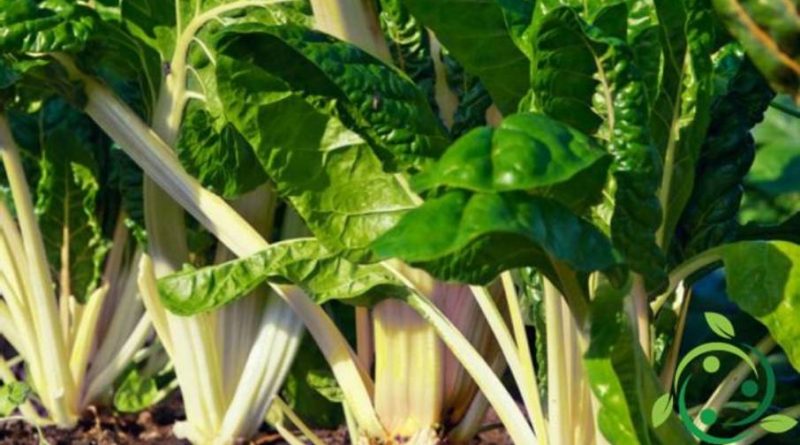How to grow the chard in a biological way
How to grow the chard in a biological way
The chard (Beta vulgaris L. var. Cycla (L.) Ulrich) is a plant belonging to the family of the Chenopodiaceae and is a leaf vegetable for cooking which uses the leaf flap and the very developed petioles (the coasts) . In this practical sheet we will see the precautions and how to grow the chard in a biological way. It is an interesting vegetable, which is grown mainly in Lazio, Liguria, Tuscany and Puglia, with a reasonable energy value (26 cal / 100 grams), vitamins and mineral salts. It is a biennial herbaceous plant (annual in culture) of Mediterranean origin. For its cultivation remember that it tolerates minimum temperatures of -2 -3 ° C with a great adaptability to all types of soil but with preference for those deep, fresh, well drained and endowed with organic substance, with a neutral or sub-pH alkaline and can also produce with high levels of salinity. The chard is a plant that produces very well in the presence of good amounts of organic matter; on average, 300-400 quintals of mature manure are necessary per hectare to be distributed a 2/3 in the mixed replanting phase before the preparation of the soil and a third with constant contributions during the vegetative phase.
During the vegetative cycle it should be irrigated frequently if high quality and good productions are to be obtained. There are several cultivars that are distinguished by the coloring and boiling of the leaves, size and color of the coasts, adaptation to the crop cut. The cultivation of the Swiss chard can be carried out in spring, as a culture that is to be used for renewal or in the autumn-winter period as an interlayer; in rotation it is good to never grow it after spinach, beets and corn. In cultivation we start from seed (for the large extensions we adopt the mechanical one) with rows between 30 and 40 cm and distances in the row of 15-20 (after thinning) and 6-7 kg of seed per hectare; for small cultivations you can start from seedbed with transplant when the plant is about 8-10 cm. For a cultivation without the use of herbicides (always to be avoided due to the microbiological impoverishment of the soil and ecological degradation), mulching can be carried out with plant straws that avoid the use of complex and expensive weeding. In intensive cultivation, the ribbed beet also produces over 300 quintals per hectare and harvesting is carried out by subsequent peeling or cutting of the entire plant. The chard is harvested with mowing when the leaves have reached a height of 15-20 cm; the number of cuts varies with the culture period (200-250 q / ha). Among the adversities we remember above all the Cercospora (Cercospora beticola), better known also as “pitting” which is a phytopathogenic fungus that can greatly reduce the productivity of this plant. in organic farming the damage of this fungus is limited by not using nitrates that are the most responsible for the softening and therefore susceptibility to the attack of fungal diseases and entomological attacks. It is also good to rotate and consociate a lot of the chard for a more stable agro-ecological system and to use against these fungi (including also the Peronospora farinosa) products based on sodium bicarbonate (or better than potassium) and lecithin. If you do not exceed the irrigations, you make a good mulch, rotate and do not implant in poorly permeable soils should never have rot such as foot mal (Phoma betae), Pythium and Rhizoctonia spp. Also other parasites such as grillotalpa, aphids, altica, thrips, etc. are kept at bay by a proper cultivation not overly specialized and with good associations. It is always remembered that parasitic attacks (when they become harmful are due to cultivation errors and good agroecology techniques).

